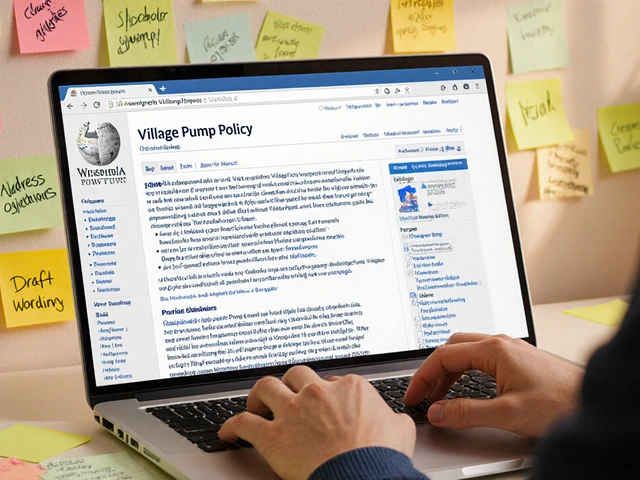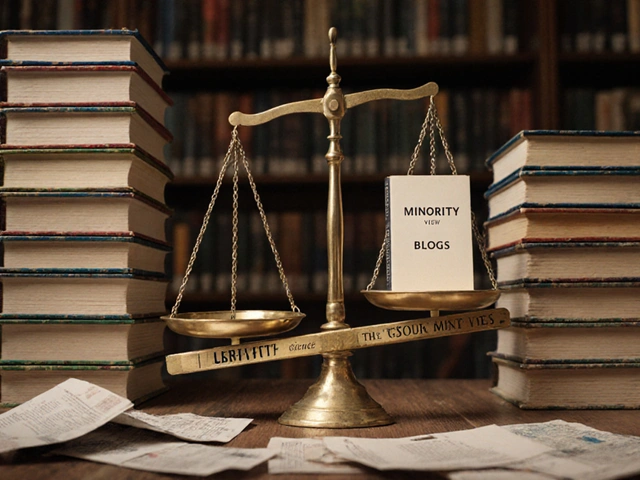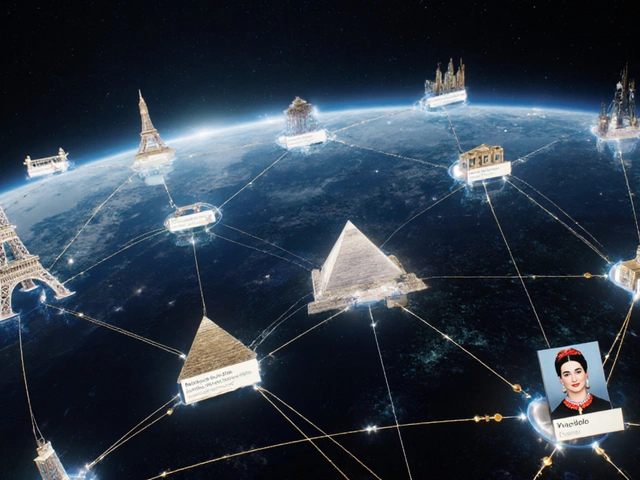Wikipedia citations: How sources keep the encyclopedia reliable
When you see a citation, a reference to a published source that supports a claim on Wikipedia. Also known as source references, they're the reason Wikipedia isn't just a collection of opinions—it's a working archive of verified knowledge. Every fact on Wikipedia, from the population of Tokyo to the release date of a 2023 indie game, needs a citation. Without them, edits get reverted. Articles get flagged. Editors get frustrated. Citations aren't optional—they're the rule that keeps the whole system from collapsing into chaos.
But not all citations are equal. Secondary sources, books, peer-reviewed journals, or major news outlets that analyze or summarize information are preferred over primary sources, original documents, interviews, or raw data. Why? Because secondary sources have been checked, edited, and vetted. A newspaper article quoting a study is more reliable than the study itself—unless you’re an expert who can interpret the data correctly. And that’s why journalists use Wikipedia not as a source, but as a map to real sources. The citation points you to the original report, the interview transcript, the official data set. That’s the real value.
Then there’s the problem of citation accuracy, whether the source actually supports the claim it’s attached to. AI tools and lazy editors sometimes slap on a link that looks right but doesn’t back up the sentence. A 2022 study by researchers at the University of Oxford found that nearly 30% of citations in AI-generated summaries didn’t match the content they were supposed to support. Wikipedia fights this with volunteer fact-checkers who audit citations daily. They don’t just check if a link works—they read the source to make sure it says what the edit claims. That’s why you’ll see edits like "This source doesn’t mention X" or "Cite page 47, not the whole book." It’s tedious, but it’s what keeps Wikipedia honest.
And it’s not just about books and articles. Citations on Wikipedia include government reports, academic databases, even trusted blogs with clear editorial standards. But they’re always held to the same bar: verifiable, independent, and published. No personal websites. No social media. No self-published material unless it’s from a recognized expert with a track record. This isn’t about elitism—it’s about preventing misinformation from slipping in under the radar.
Behind every citation is a person—someone who spent time finding the right source, reading it carefully, and adding the reference so others don’t have to guess. That’s the quiet work that keeps Wikipedia from becoming just another echo chamber. You won’t see their names on the front page. But without them, the whole thing falls apart.
Below, you’ll find real stories from editors who’ve fought over citations, journalists who’ve learned to use them wisely, and volunteers who’ve rebuilt entire sections just to fix broken references. Whether you’re new to editing or just curious how Wikipedia stays accurate, these posts show you how citations actually work—on the ground, in real time, one source at a time.
How Wikipedia Uses Wikidata to Support Citations and Source Metadata
Wikipedia uses Wikidata to store structured metadata for citations, making sources more reliable, easier to verify, and automatically updatable across articles. This system helps combat misinformation and improves global knowledge accuracy.







